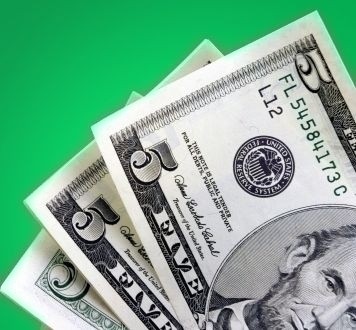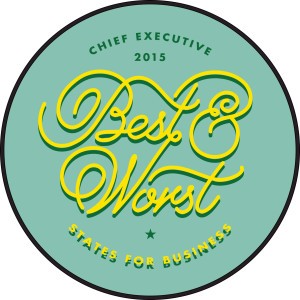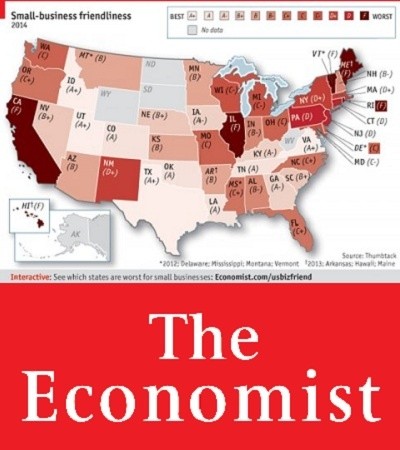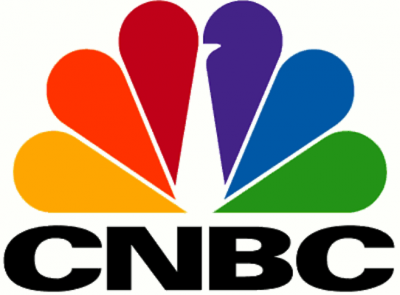Friday Financial Five – April 1, 2016
Friday, April 01, 2016

The 2016 college value rankings from Forbes (no relation) are out just in time to help clarify (or possibly muddy) the decision for those making a school choice in the next few weeks. There are four University of California schools in the top ten, with Berkeley taking the number one spot. M.I.T. and Harvard are both in the top ten. Brown clocks in at number thirty-four. As Forbes notes, the list skews toward the West Coast and schools primarily known for sciences, technology, engineering and math.
Confronting the retirement crisis
A large number of retirees live on only Social Security, and more needs to be done to protect workers for their retirement years. A report, “A Comprehensive Plan to Confront the Retirement Savings Crisis,” suggests a forced savings into a retirement account that would then be converted to an annuity when the worker retires. According to the report, the current system unfairly favors the wealthy and is leaving a huge gap between what people need to save and the current average retirement savings of $14,500. Three percent of income would be contributed yearly, split between the worker and the employer.
Short-term care insurance
The ever changing world of providing care for aging loved ones has a new specialty. Short-term care insurance, as opposed to long-term care, is meant to provide care for up to one year. This may present a compromise between self-insuring and the sometimes costly proposition of paying a yearly premium for traditional long-term care coverage. The American Association of Long-Term Care Insurance notes that almost half of care claims last for one year or less.
IRS predicts fewer audits
There’s possible good news for anyone that pays taxes. The IRS Commissioner predicts that this year will see the fewest audits in over a decade. Budget cuts and staff reduction means the IRS doesn’t have the person power necessary to conduct the reviews. By 2019, forty percent of IRS workforce will be eligible for retirement. Given the budget cuts, highest income earners can expect a higher percentage of the audits to maximize the return on the group’s efforts.
Cutting the cord to retire successfully
T Rowe Price compiled results from over a thousand parents in their 8th annual “Parents, Kids, and Money Survey". As long as parents have children, there will always be temptation to spend on those children to the detriment of personal goals. Almost half of the parents had gone into debt to buy something their kid wanted and more than half have dipped into their emergency funds to cover non-emergencies. The trend that really needs to reverse is two thirds of parents stating that saving for college was more important than saving for retirement.
Dan Forbes, a CFP Board Ambassador, is a regular contributor on financial issues. He leads the firm Forbes Financial Planning, Inc in East Greenwich, RI and can be reached at [email protected].
Related Slideshow: Oregon Business Rankings in US
See how Oregon stacked up against the other states in the U.S.
Related Articles
- Friday Financial Five – March 25, 2016
- Friday Financial Five – March 20th, 2015
- Friday Financial Five – March 27th, 2015
- Friday Financial Five – March 4, 2016
- Friday Financial Five – March 6th, 2015
- Friday Financial Five – March 18, 2016
- Friday Financial Five – March 13th, 2015
- Friday Financial Five – June 12, 2015
- Friday Financial Five – July 3rd, 2015
- Friday Financial Five – June 19th, 2015
- Friday Financial Five – June 5th, 2015
- Friday Financial Five – March 11, 2016
- Friday Financial Five – May 29th, 2015
- Friday Financial Five – November 13th, 2015
- Friday Financial Five – October 30, 2015
- Friday Financial Five – October 23, 2015
- Friday Financial Five – October 9, 2015
- Friday Financial Five – September 18th, 2015
- Friday Financial Five- November 7th, 2014
- Friday Financial Five – October 2, 2015
- Friday Financial Five – November 6, 2015
- Friday Financial Five – November 14th, 2014
- Friday Financial Five – November 20th, 2015
- Friday Financial Five – November 21st, 2014
- Friday Financial Five – November 28th, 2014
- Friday Financial Five – July 31, 2015
- Friday Financial Five – July 24, 2015
- Friday Financial Five – December 18th, 2015
- Friday Financial Five – December 12th, 2014
- Friday Financial Five – December 5th, 2014
- Friday Financial Five – February 12, 2016
- Friday Financial Five – February 13th, 2015
- Friday Financial Five – August 7th, 2015
- Friday Financial Five – April 3rd, 2015
- Friday Financial Five - August 14th, 2015
- Friday Financial Five - August 21, 2015
- Friday Financial Five - September 24th, 2015
- Friday Financial Five – April 17th, 2015
- Friday Financial Five – February 20th, 2015
- Friday Financial Five – February 26, 2016
- Friday Financial Five – January 30th, 2015
- Friday Financial Five – January 29, 2016
- Friday Financial Five – January 8, 2016
- Friday Financial Five – July 10th, 2015
- Friday Financial Five – July 17, 2015
- Friday Financial Five – January 23rd, 2015
- Friday Financial Five – January 2, 2015
- Friday Financial Five – February 27th, 2015
- Friday Financial Five – February 5, 2016
- Friday Financial Five – February 6th, 2015
- Friday Financial Five – January 16th, 2015
- Friday Financial Five






















 Delivered Free Every
Delivered Free Every
Follow us on Pinterest Google + Facebook Twitter See It Read It